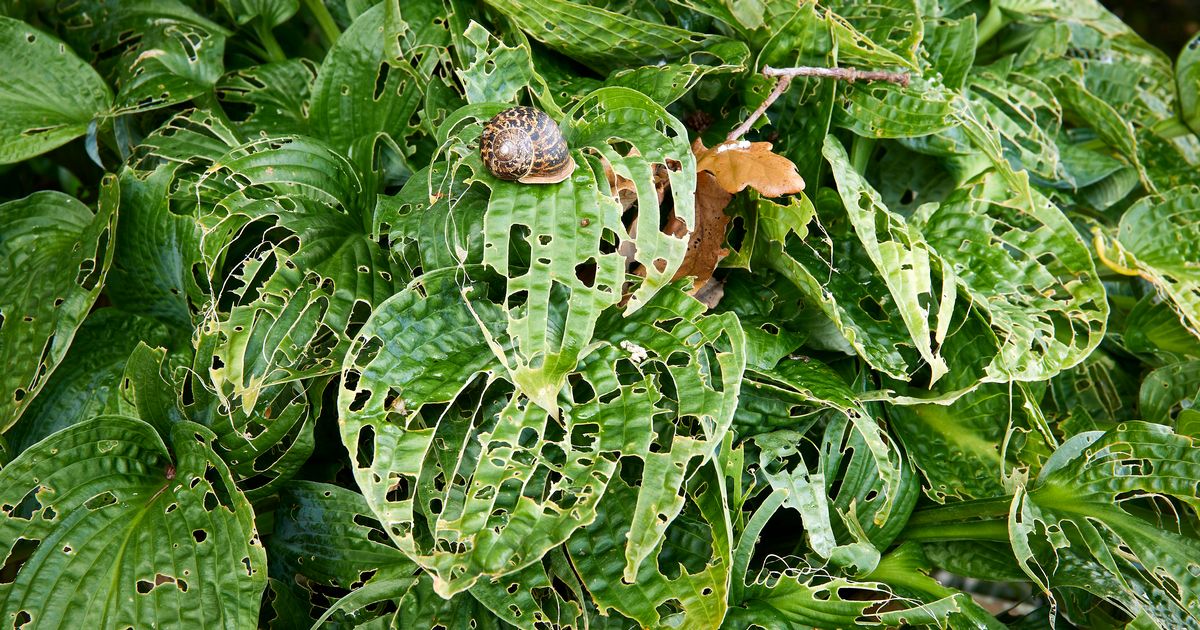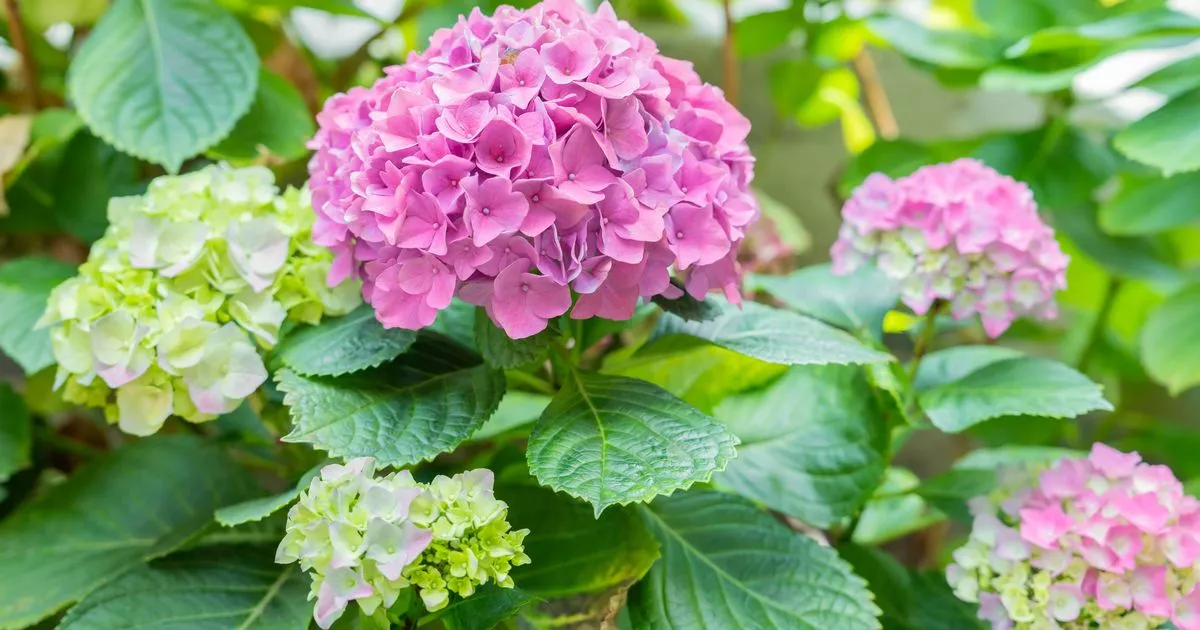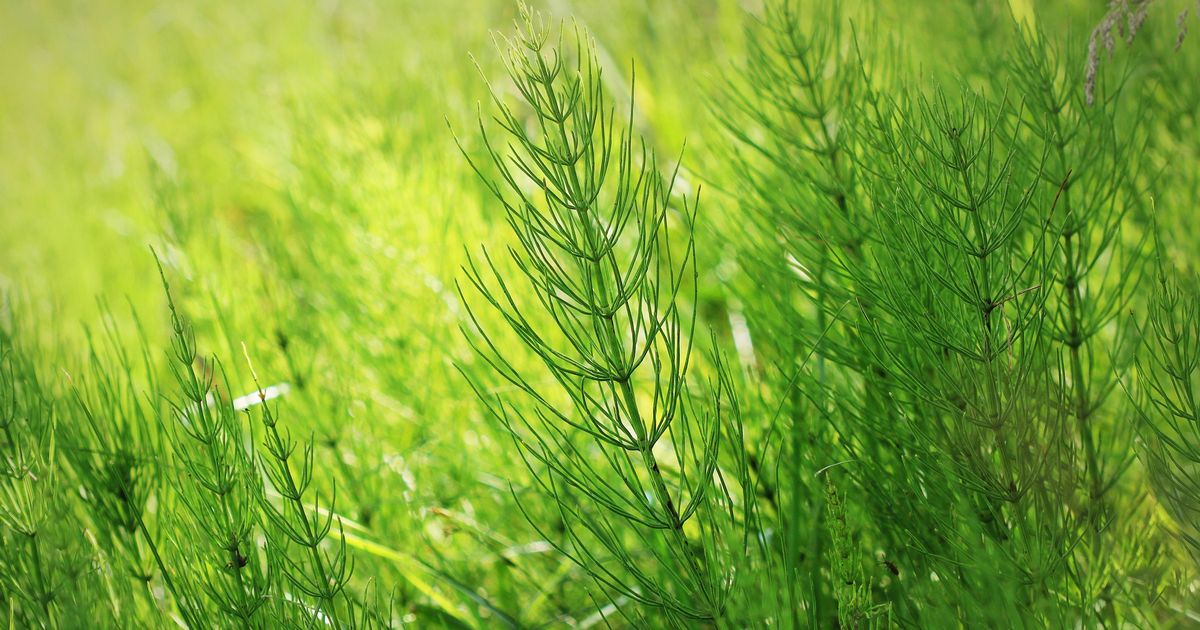Exeprt Waine Delamy has defined methods to flip a kitchen staple into a twig that retains away aphids, beetles and slugs
Pets like slugs, snail aand sphis might be stored out of your backyard utilizing a typical kitchen ingredient. Knowledgeable Waine Delaney at SporeBuddies stated you should utilize mushrooms to maintain pests away out of your backyard, and has defined methods to make your individual mushroom pest repellent to advertise a more healthy and extra resilient backyard ecosystem, free from chemical compounds.
Waine stated: “ Mushrooms rising within the backyard is normally an excellent signal; it signifies that your soil is wholesome and wealthy in natural matter – and in case you have entomopathogenic mushrooms, it may be even higher. ‘E ntomo’, that means insect, and ‘pathogenic’, that means inflicting illness; this type of fungi kills bugs biologically, somewhat than poisoning them with a chemical pesticide. The fungus produces microscopic spores that land on the insect, germinate, develop, and eat the insect from inside.”
“hey are significantly efficient towards pests akin to:
- Aphids
- Whiteflies
- Caterpillars
- Thrips
- Beetle larvae
Waine stated: ” Although they can management pests, they don’t hurt bugs which might be useful – akin to bees, butterflies, or ladybirds – and they’re fully secure for people, pets, and birds. You possibly can typically purchase this type of fungi from backyard centres and on-line, in liquid and powder type.”
However what concerning the mushrooms you have already got within the fridge? Waine stated: “Many edible mushrooms, like shiitake and oyster, include sure bioactive compounds which might be antifungal, antimicrobial, and insect-repelling. Additionally they include enzymes, phenolics, and bitter tasting compounds that repel pests like slugs and snails; when sprayed onto a vegetation floor and the encircling soil, the floor residue and unfamiliar scent confuses them, and alerts that the plant is inedible.”
HOW TO MAKE YOUR OWN MUSHROOM PEST REPELLENT
1. Place your mushrooms in a blender or meals processor with water, and mix till you get a easy combination.
2. Pressure the combination via a cheesecloth or tremendous mesh strainer right into a jug to take away any remaining giant chunks that would block the spray.
3. Optionally available: you can even improve the pest-repelling by including issues like peppermint oil, rosemary, garlic extract (good for slugs and snails), or neem oil (good towards caterpillars, greenfly, and aphids)
4. Rigorously pour your combination into a twig bottle and add extra water if required.
5. Shake properly earlier than every use and spray immediately onto the leaves – not forgetting the underside – stems, and across the base of your vegetation. Reapply each few days, and after rain.
WHAT MUSHROOMS SHOULD YOU USE?
Oyster mushrooms – good for slugs, snails, aphids, and greenfly
· The style and fungal competitors within the soil naturally repels snails and slugs
· Comprise enzymes and toxins that may digest soft-bodied pests and small bugs
Shiitake mushrooms – good for caterpillars, aphids, and greenfly
· The lentinan and phenolic compounds that they’re wealthy in deters bugs from feeding on the vegetation
· Discourage bugs from settling on account of their antimicrobial properties
Button or white mushrooms – good for greenfly and aphids
· Milder deterrent than oyster and shiitake, however nonetheless include unstable compounds and polysaccharides to maintain pests away
· Finest to make use of as a filler or base in do-it-yourself sprays, alongside different mushrooms
King oyster mushrooms – good for slugs and snails
· The robust scene and fibrous construction repels molluscs like slugs and snails
· Additionally repels different soft-bodied pests due to nematode-trapping toxins





